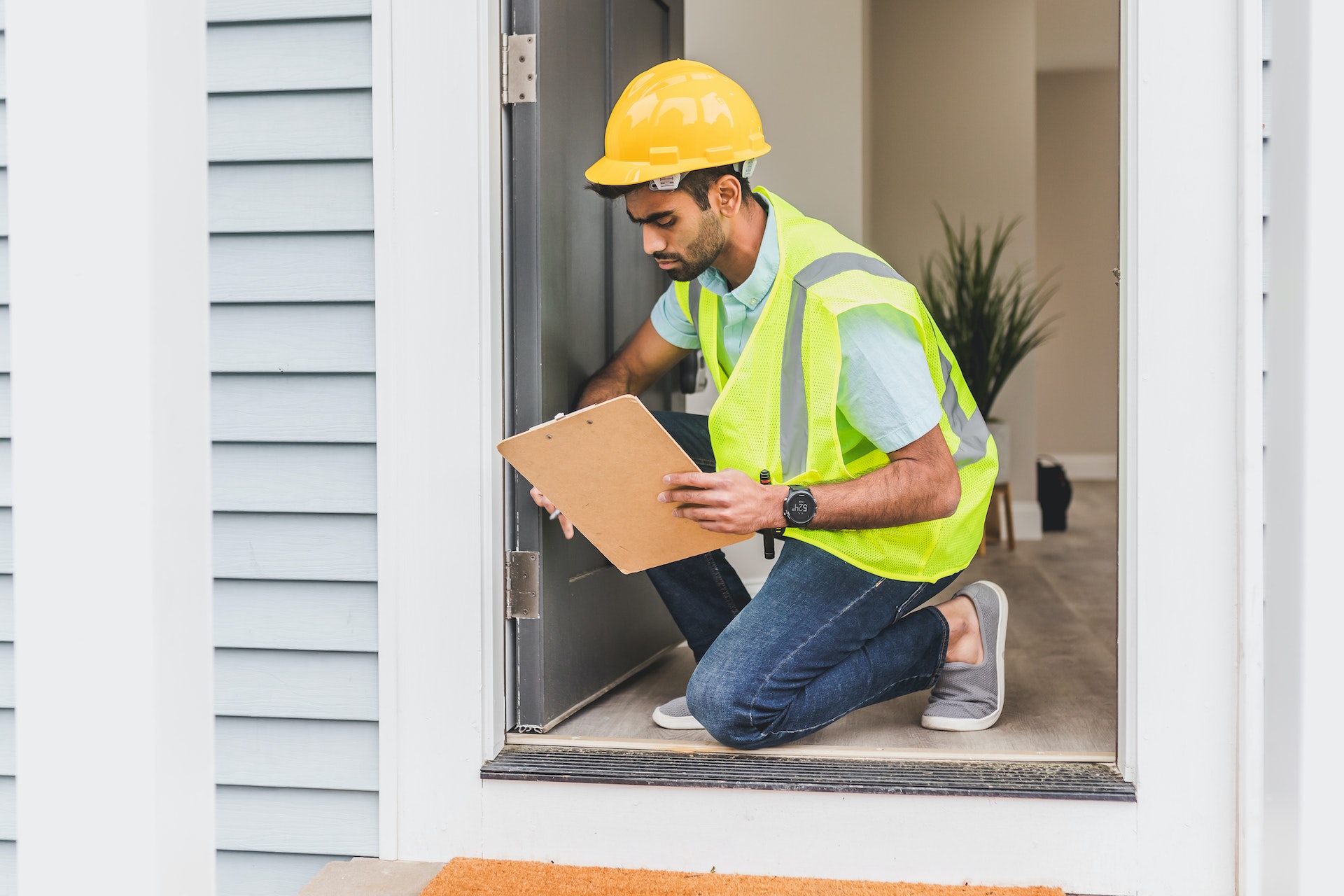

Question: How do I prepare for a home inspection in Canada?
Answer: To prepare for a home inspection in Canada, ensure the property is accessible, remove any obstacles, gather necessary documents and maintenance records, and be ready to address any specific concerns or questions the inspector may have.
Getting Ready for a Home Inspection in Canada
The home inspection stage can feel both exciting and nerve-wracking for you. As a homeowner, preparing for this process can help everything go smoothly and potentially increase your property’s appeal. Whether you’re a seller looking to get your property in tip-top shape or a buyer eager to understand what you’re getting into, here’s how to prepare for a home inspection in Canada.
What Does a Home Inspection Involve?
Before we look into the specifics of preparation, it’s important to understand what a home inspection involves. A professional home inspector examines your property’s condition, scrutinizing various elements such as the roof, foundation, electrical system, heating and cooling system, plumbing, and other structural components. The goal is to identify any existing or potential issues that could impact your home’s value or safety. This thorough review helps you gain comprehensive insight into your property’s overall health, empowering you to make informed decisions moving forward.
Searching for a realtor in Orangeville? Visit this page
Related Article: The Role of Home Inspections in Property Valuation
Related Article: Who Pays for a Home Inspection in Canada?
Pre-Inspection Checklist: Making Sure Everything is in Order
Ensure Accessibility
Home inspectors will need clear, unobstructed access to all areas of your home, including attics, basements, crawl spaces, utility rooms, and garages, as well as any external structures like sheds. Make sure all these areas are clean, tidy, and free of clutter or stored items that could obstruct the inspector’s access. This ensures they can thoroughly examine every component without hindrance. For example, move boxes away from the furnace, clear pathways to the electrical panel, and ensure attic hatches are easily reachable. If they cannot access an area, they cannot inspect it, and that will be noted in the report, potentially raising buyer concerns.
Test Your Utilities
Ensure that all utilities, including gas, water, and electricity, are connected and active. This allows the inspector to test all systems and appliances properly, such as the stove, dishwasher, heating and cooling systems, and lighting fixtures. A cold furnace or disconnected water supply means the inspector cannot verify proper function, leading to “unknown” items on the report. This also applies to gas fireplaces – make sure they are operational.
Check All Windows and Doors
Walk through your home and ensure all windows and doors operate smoothly. Open and close them to check for proper latching, sealing, and ease of movement. Sticky windows, jammed doors, or broken locks could raise red flags during an inspection and imply neglect. Lubricate hinges and ensure all screens are in good repair. This small step can demonstrate your home’s overall good condition.
Home Maintenance: Small Fixes with Big Impact
Attending to basic home maintenance tasks can go a long way in preparing for a home inspection. This might involve replacing burnt-out light bulbs, servicing your HVAC system with a clean filter, cleaning gutters and downspouts to ensure proper drainage, fixing leaky faucets or running toilets, tightening loose railings, or sealing cracks around doors and windows to prevent drafts. These small repairs demonstrate your meticulous care for the property and can help present your home in the best light, showing potential buyers that the property has been well cared for. Proactive maintenance avoids unnecessary notes in the inspection report and can prevent minor issues from appearing larger than they are.
The Outside Counts Too: Prepping Your Property’s Exterior
Do not forget to prepare the outside of your home for inspection. Trim overgrown branches that could be touching the house or roof, as they can cause damage or provide pest access. Ensure the grading or slope of your yard directs water away from the house’s foundation to prevent water penetration and damage. Check that exterior lights and doorbells function correctly. Clear debris from walkways, driveways, and patios. A clean, well-maintained exterior creates a positive first impression for the inspector and suggests overall good property stewardship to potential buyers. Pay attention to visible signs of wear and tear, such as chipped paint or loose siding, as these can also influence the inspector’s report.
On the Day: Helpful Tips for a Smooth Inspection
On the day of the inspection, remember to clear all pets from the property or securely confine them to a specific area to avoid distraction and ensure the inspector’s safety. Also, be prepared to leave your house for a few hours to allow the inspector to work without disturbances. This quiet environment helps them focus. Lastly, provide any necessary documentation, such as receipts for recent repairs or maintenance, warranty information for appliances, or any past inspection reports. Providing these documents supports the condition of your home and builds trust with both the inspector and potential buyers. Consider leaving a note with Wi-Fi details or special instructions for appliances.
Conclusion
Preparing for a home inspection can seem like a daunting task, but with the right approach, it doesn’t have to be. By understanding what inspectors look for and taking proactive steps to present your home in its best light, you can navigate the inspection process with confidence and ease. Remember, thorough preparation can help prevent unexpected surprises, ease negotiations, and even enhance your home’s appeal to potential buyers. It demonstrates your commitment to maintaining the property and helps buyers feel more secure in their decision. [ 1 ]
References
1. https://www.linkedin.com/pulse/how-homeowners-should-prepare-home-inspection-canada-roland-hack/


